#TwitterChat: Decoding the intricacies of adopting Voice
Adgully’s latest Twitter Chat endeavour turned the focus on ‘A Future that is Voice enabled’. Held on Friday, October 18, 2019, the special Twitter panel comprised of industry experts – Ankoor Dasguupta, Vice President – Brand Solutions | Marketing | Special Projects, SHEROES; Kartik Poddar, SVP and Business Head, Haptik; Pratik Hatankar, Head of Innovations and New Initiatives, Tonic Worldwide; Rushabh Vasa, Co-Founder, Agrahyah Technologies; and Sanjay Tripathy, Co-Founder & CEO, Agilio Labs.
The application of Voice search remains at a nascent stage even globally. Basic applications such as getting weather forecasts, setting timers and reminders, playing music, listening to news reports, finding your phone and setting up a morning routine are the most popular tasks accomplished via Voice.
Karthik Poddar noted that the most useful applications of Voice are in tasks which are quick and transactional in nature. That could be writing emails, surfing the web or managing shopping lists on an e-commerce platform.
Ankoor Dasguupta also pointed out that Voice has applications for the differently abled, specifically people who have vision problems. Deep integration of Voice technology in our personal environment would allow for improved accuracy and pace in performing tasks.
Power of Suggestion
We highlighted the fact that on smartphone devices, a Voice query throws up maximum 3 results, while on a Voice device it throws up just one result.
Poddar opined that in its early days, Voice search will act as an online salesman who suggests ads for products when thrown in a search query.
Keyword bidding on Voice search would be for phrases and sentences that are naturally spoken by people. Understanding speech and language will be an important skill for the Voice marketer.
“The length of queries when spoken is completely different to text-based ones,” explained Sanjay Tripathy. “Text-based searches are normally approximately 2 to 3 words long, while voice-activated ones can sometimes be longer than 10 words. With that in mind, natural language keywords might be the next big thing.”
Rushabh Vasa believed that brands that crack this will ultimately be able to offer more personalised solutions to users of Voice solutions. However, specific use case in marketing is yet to be seen.
Fun Fact
Interesting fact: More than 20% of voice search queries are triggered by a combination of only 25 keywords. Can you guess? #audiomotion
Adoption of Voice
With Google Assistant available on Jio Phones, Voice in India is growing in a big way. English and Hindi search queries dominate the space but soon enough capabilities to search in regional languages will also be available.
“Apart from language barriers, Voice is also quicker. One can type 60 words in a minute, while speak 140 words in the same time. And Voice transcends language barriers, making it easier for users to adapt,” pointed out Vasa.
Consumer complaints
However, Kartik Poddar and Pratik Hatankar questioned the accuracy of Speech to Text technology. Voice is still limited in capturing the variations in speech, which is most frustrating to the end user.
Privacy is another concern, felt Vasa. Since Voice assistants are activated on command, they are listening virtually all the time. This opens up these devices to problematic privacy and security exploitation.
Tripathy cited a report from Microsoft, stating that 41 per cent of Voice assistant users are concerned about trust and privacy.
Smartphone the No.1 Voice device?
The widespread adoption of Voice search has been via smartphone devices. However, personal assistants will have an increasingly role in the future of Voice.
Vasa pointed out that these assistants are capable of accomplishing physical tasks in the real world, something that is not possible yet through smartphones.
Integration of these devices is possible in homes, cars, and at the workplace. This will be the more consumer facing aspect of Voice technology. Dasguupta remarked that Voice assistants are not ‘need based’. Amazon, Apple and Google will have to ‘create need’ in order to boost adoption of such devices.
Smartphones will be the window of opportunity for brands since most consumers are already using these devices.
Fun Fact
Interesting fact 2 - According to Google, 20% of all searches are voice. #audiomation
Behaviour change
Vasa noted that Voice search allows for two-way communication between brands and their customers.
“Voice is a two-way asynchronous communication and there is no visual clue. So, the brand interactions need to be well-defined and possibly be more human and refined. Users will also expect audio content, which opens a new avenue for brands to converse with their users,” he added.
Poddar believed that if brands began conversing directly with customers, there would be less reliance on visual cues. The hyper personalisation and lack of visual cues may lead to a brandless future, opined Hatankar.


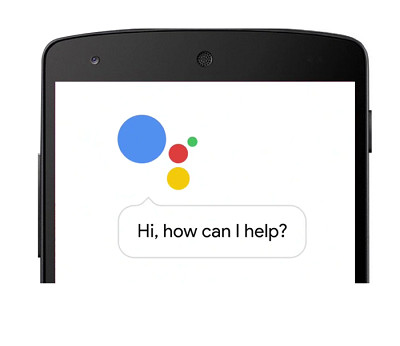






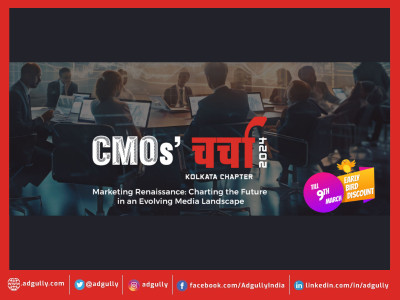
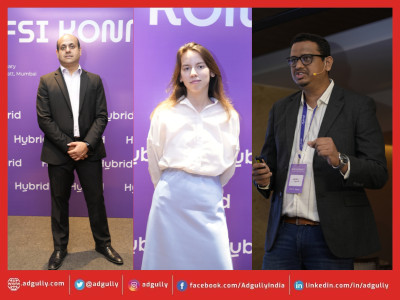
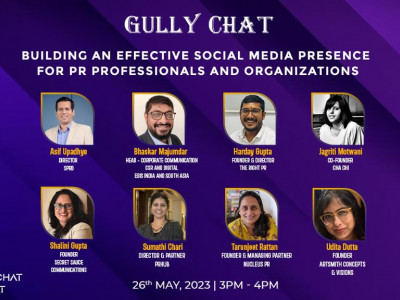
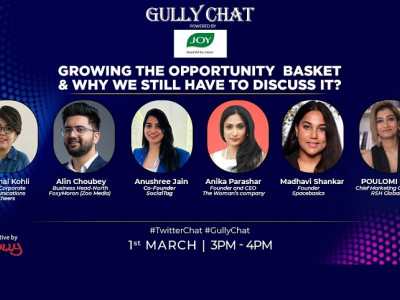
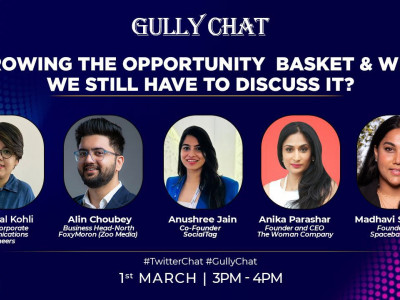


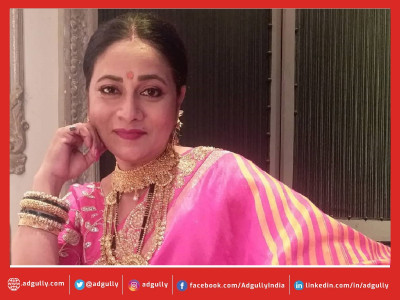


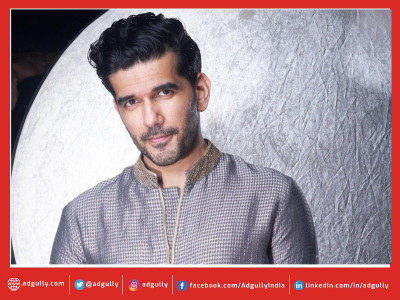

Share
Facebook
YouTube
Tweet
Twitter
LinkedIn